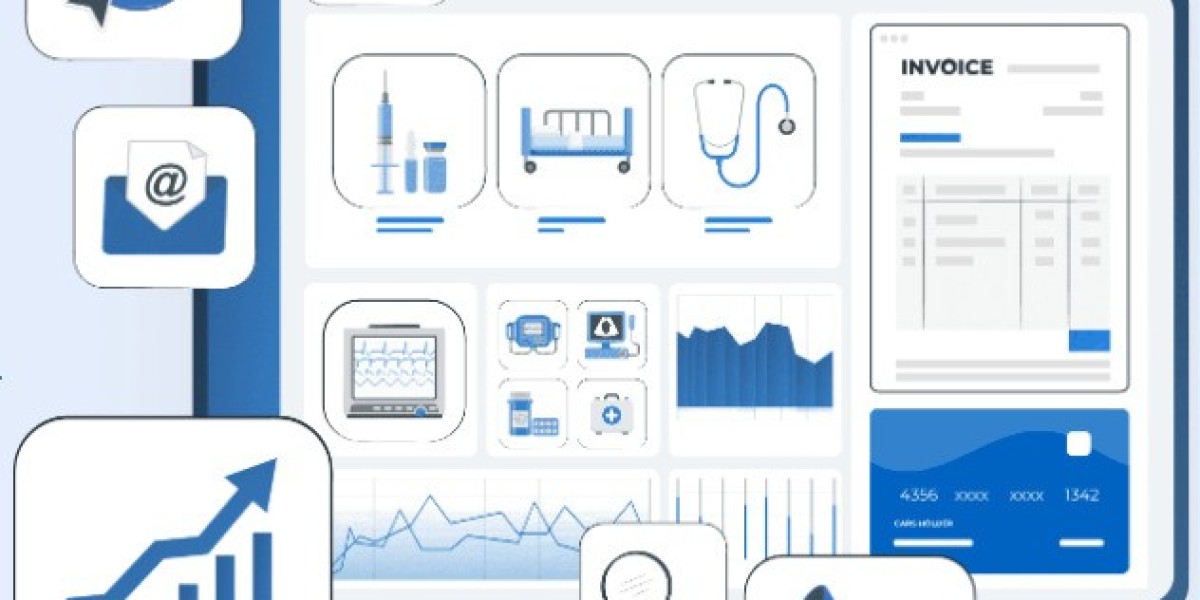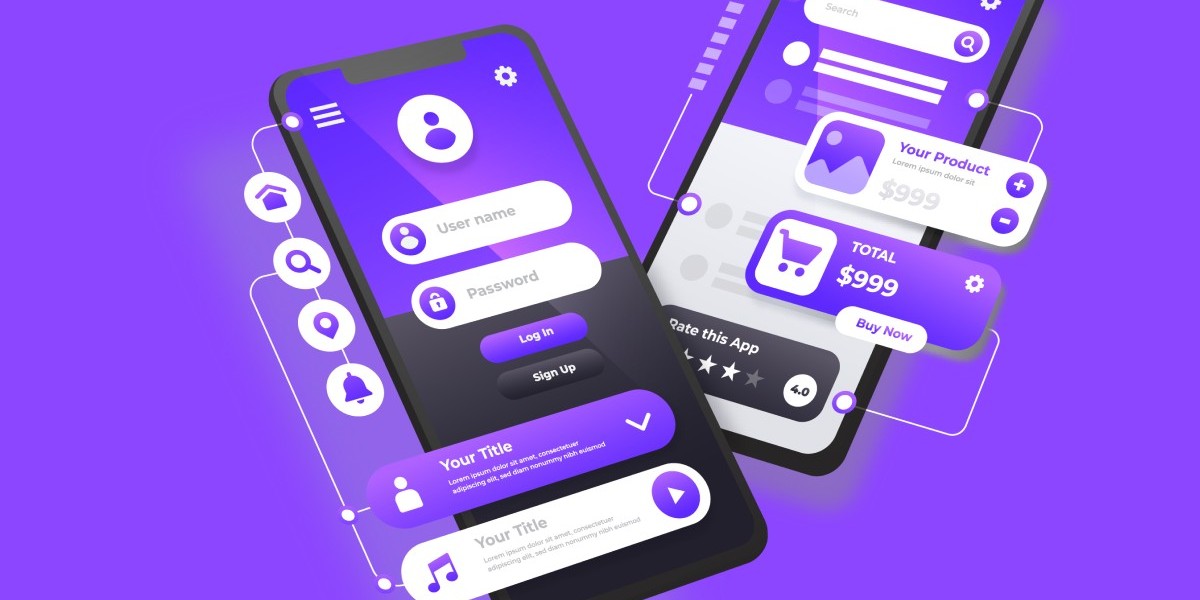Durable Medical Equipment (DME) providers face unique challenges in managing their billing processes. Efficient billing is crucial for maximizing revenue and ensuring timely payments while adhering to complex regulations. With the right DME billing software, providers can streamline their operations, minimize errors, and enhance their financial performance. However, with various options available in the market, choosing the right software can be daunting. In this article, we will discuss the top five features to look for in the best DME billing software, enabling providers to make informed decisions.
1. Comprehensive Claims Management
One of the most critical features of DME billing software is comprehensive claims management. The software should facilitate the entire claims process, from claim generation to tracking and management. Here are some key aspects to consider:
a. Automated Claims Generation
The software should allow for the automatic generation of claims based on the data entered. This feature minimizes human errors and speeds up the billing process. It should also support various claim forms, including CMS-1500 for professional services and UB-04 for institutional billing.
b. Claim Tracking and Status Updates
Effective claims management requires the ability to track claims in real time. The best DME billing software will provide status updates for each claim, allowing providers to monitor their claims’ progress through the billing cycle. This feature helps identify and resolve issues promptly, reducing the time taken for payments.
c. Denial Management
Denial management is a crucial component of claims management. The software should have tools to track denied claims, analyze reasons for denial, and facilitate resubmissions. By automating denial management, providers can improve their overall revenue cycle management and recover lost revenue more effectively.
2. Integrated Inventory Management
DME providers often deal with various medical equipment and supplies. Therefore, robust inventory management capabilities within the billing software are essential. Integrated inventory management features should include:
a. Real-Time Inventory Tracking
The software should provide real-time tracking of inventory levels, allowing providers to monitor stock levels and manage supply efficiently. This feature helps prevent stockouts and overstock situations, ensuring that providers can meet patient needs without incurring unnecessary costs.
b. Automatic Reorder Alerts
A good DME billing software will include automatic reorder alerts when inventory levels fall below a predefined threshold. This feature enables providers to maintain adequate stock levels and avoid interruptions in patient care.
c. Detailed Reporting and Analytics
Inventory management should also come with detailed reporting and analytics capabilities. Providers should be able to generate reports on inventory turnover, utilization rates, and other metrics that help in making informed purchasing decisions and optimizing inventory costs.
3. User-Friendly Interface and Accessibility
A user-friendly interface is vital for ensuring that staff can use the software effectively without extensive training. The best DME billing software should feature:
a. Intuitive Design
The software should have an intuitive design that allows users to navigate easily. Features should be clearly labeled, and workflows should be logical to minimize confusion. An intuitive interface reduces the learning curve for new users and increases overall productivity.
b. Mobile Accessibility
In today’s fast-paced healthcare environment, mobile accessibility is becoming increasingly important. The best DME billing software should offer mobile capabilities, allowing staff to access billing information, manage claims, and track inventory from their smartphones or tablets. This feature enables providers to respond quickly to issues, even when away from their desks.
c. Customizable Dashboards
Customizable dashboards allow users to personalize their interface according to their specific needs and preferences. Providers should be able to create dashboards that highlight the most relevant information, such as pending claims, inventory levels, and key performance indicators (KPIs). This feature enhances usability and helps staff focus on what matters most.
4. Robust Reporting and Analytics Tools
Data-driven decision-making is essential for DME providers looking to improve their operational efficiency and financial performance. The best DME billing software should include robust reporting and analytics tools that provide insights into various aspects of the business:
a. Financial Reporting
The software should generate detailed financial reports, including revenue summaries, profit and loss statements, and accounts receivable aging reports. These reports help providers understand their financial position and identify areas for improvement.
b. Operational Analytics
In addition to financial reporting, operational analytics tools are crucial for evaluating the efficiency of billing processes. Providers should have access to metrics such as claim turnaround times, denial rates, and inventory turnover rates. Analyzing this data helps identify bottlenecks and optimize workflows.
c. Benchmarking Capabilities
Some advanced DME billing software offers benchmarking capabilities, allowing providers to compare their performance against industry standards or peer organizations. This feature helps providers identify gaps in performance and set realistic goals for improvement.
5. Compliance and Security Features
Compliance with regulations and security of patient data are top priorities for DME providers. Therefore, the best DME billing software must have robust compliance and security features, including:
a. HIPAA Compliance
The software should ensure compliance with the Health Insurance Portability and Accountability Act (HIPAA) by implementing strict security measures to protect patient data. This includes features such as data encryption, secure access controls, and audit trails that track user activity.
b. Automated Updates for Regulatory Changes
Healthcare regulations are constantly evolving, and the best DME billing software will automatically update to reflect changes in billing codes, reimbursement policies, and other regulatory requirements. This feature ensures that providers remain compliant and reduces the risk of costly penalties.
c. User Access Controls
Robust user access controls are essential for maintaining data security. The software should allow administrators to define user roles and permissions, ensuring that only authorized personnel can access sensitive information. This feature minimizes the risk of data breaches and helps maintain compliance with regulations.
Conclusion
Choosing the right DME billing software is a critical decision that can significantly impact a provider’s operational efficiency and financial success. By focusing on these top five features—comprehensive claims management, integrated inventory management, user-friendly interface and accessibility, robust reporting and analytics tools, and compliance and security features—DME providers can select a software solution that meets their unique needs.
Investing in the right billing software not only streamlines operations and reduces errors but also enhances revenue cycle management and improves patient care. As the healthcare landscape continues to evolve, having the right tools in place will be essential for DME providers looking to thrive in a competitive environment.
Naijamatta is a social networking site,
download Naijamatta from Google play store or visit www.naijamatta.com to register. You can post, comment, do voice and video call, join and open group, go live etc. Join Naijamatta family, the Green app.
Click To Download


